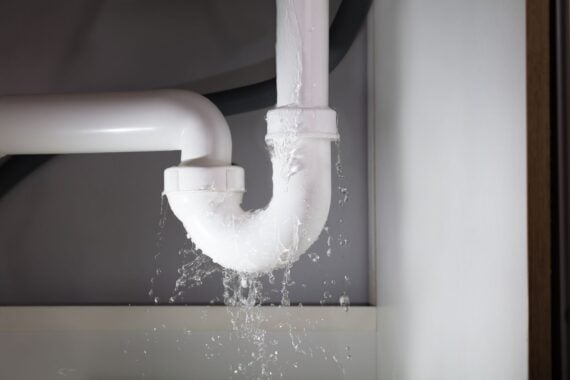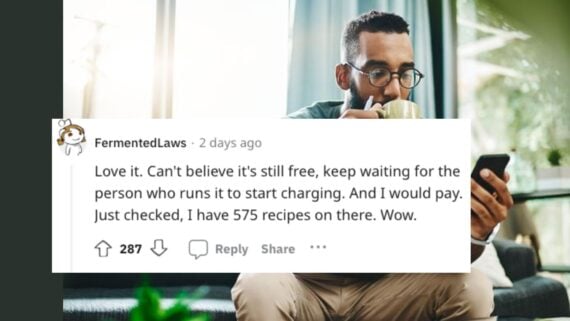The last thing anyone wants is a plumbing emergency to clog an already busy day. A little due diligence and simple maintenance can keep things running smoothly, though. Taking care of a home’s plumbing can also keep energy bills lower in general, help conserve water, and prevent a surprisingly huge water bill resulting from a crisis.
Related: 32 Ways You’re Ruining Your Home and Don’t Even Know It
First Things First: Get a Drain Screen
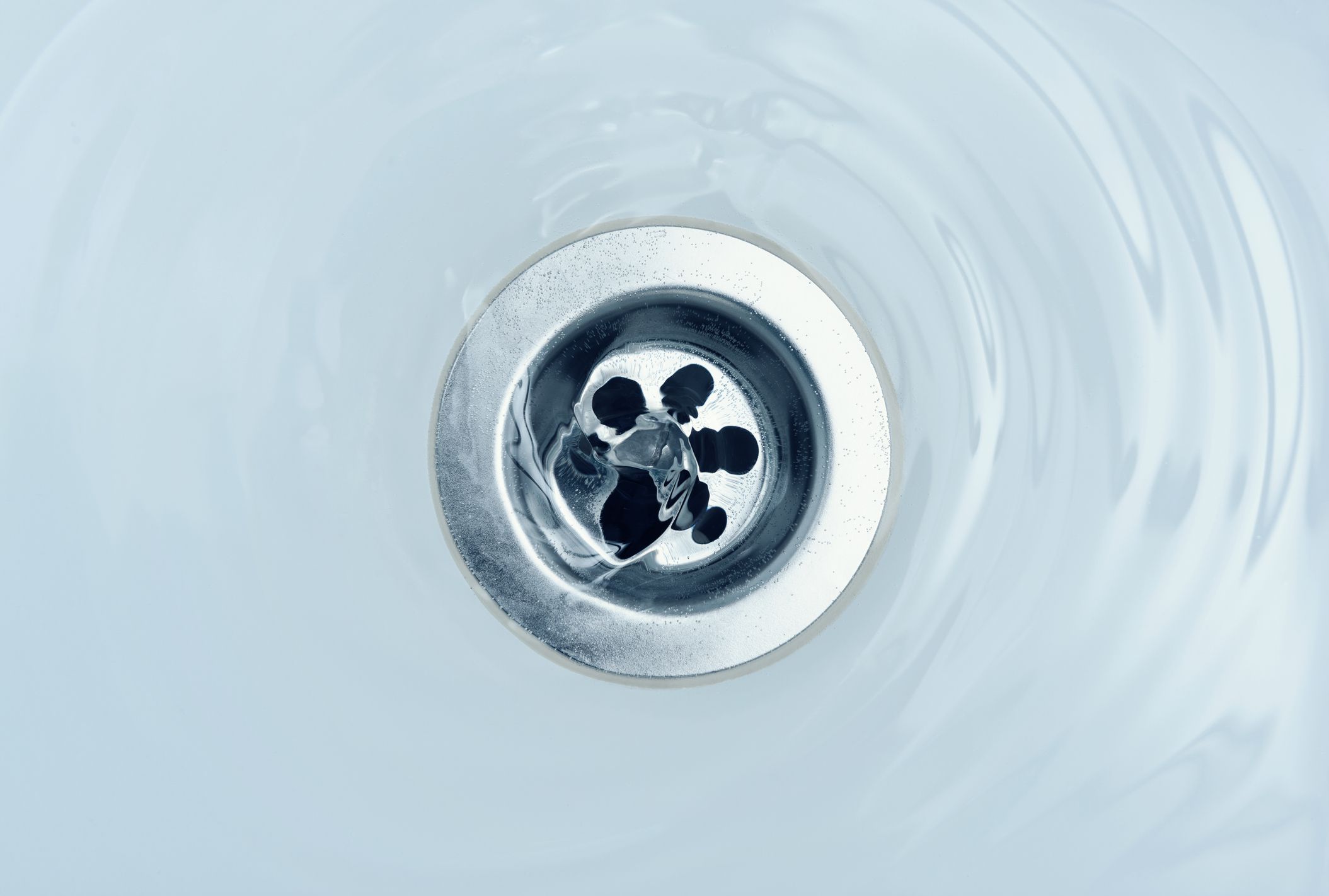
Rule No. 1 is to watch what goes down any drain, including hair, razor clippings, lotion, dental floss, and other cloggers. “Just like other homeowners, plumbers have to take measures to protect our drainage systems,” says Tim Daley, general manager at Wolfer’s Home Services in Portland, Oregon. “For me, I regularly clean my drains to ensure there are no major blockages that could require a massive repair. I also use a drain guard in the bottom of my shower to prevent hair from going into the plumbing system and causing a clog.” A screen is less than $10 and when it gets gross, can just be tapped clear into the trash.
Related: 30 Surprisingly Useful Things You Didn’t Know You Needed From Amazon
Prevent and Clear Clogs
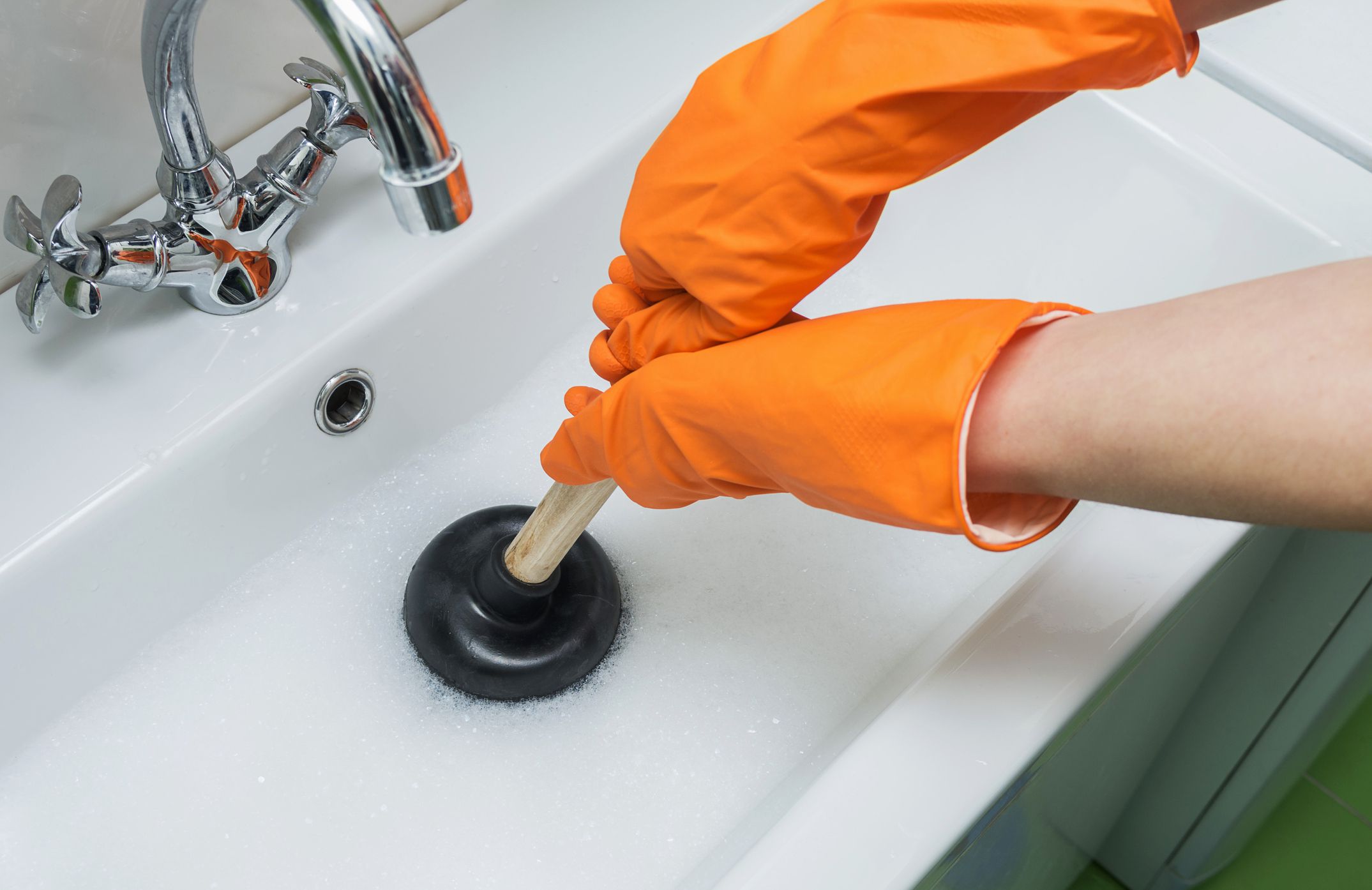
If your bathroom sink drains slowly or you notice bubbles, you’re probably developing a clog. Don’t call the plumber immediately, though. The best way to prevent build-up (including of soap scum and other debris or chemicals that inevitably go down the drain) is to pour boiling water down the drains once a week or so. Skip drain cleaner chemicals, which can be toxic and cause more problems in the long run. Instead use a plunger — yes, even in the sink — or pick up a $7 flexible drain snake to pull clogs out. It’s so gross, but somehow so satisfying!
Related: 17 Lies That Plumbers Tell to Drain Your Wallet
Do a Regular Inspection
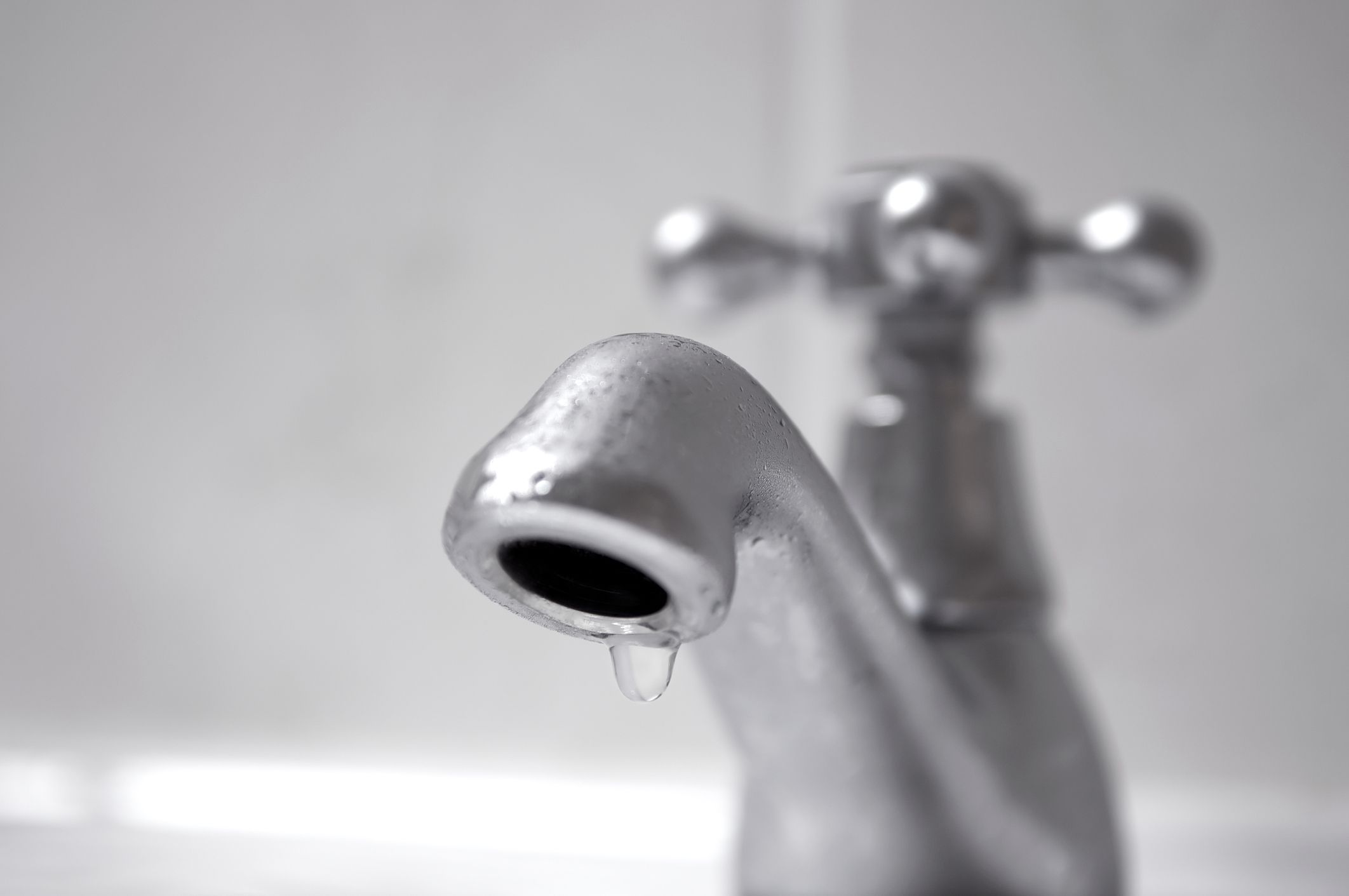
Once a month or so, take a close look at faucets and toilets. Is the faucet dripping? Is the floor wet behind the toilet when you flush? Is the cupboard under the kitchen sink getting wet? Catching these problems early can prevent future floor or ceiling damage.
Related: 20 Home Maintenance Mistakes You Need to Stop Making
For more great home-maintenance tips, please sign up for our free newsletters.
Don’t Pour Anything Down the Drain
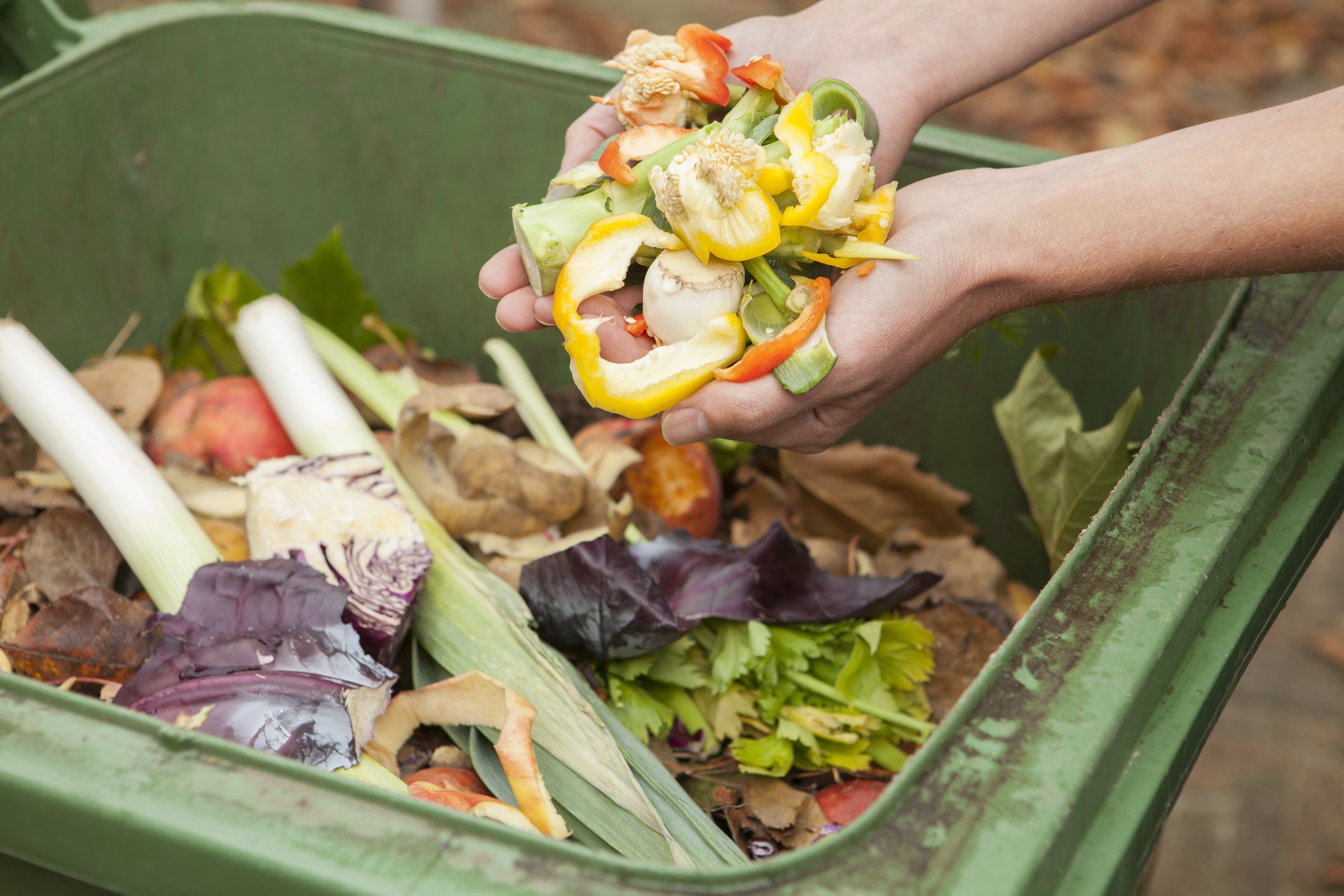
Plumbers don’t pour cooking grease, food scraps, or anything else down the drain. Dump that in the compost pail and save the sink for just what gets rinsed off plates.
Related: 12 Best Compost Bins for Turning Trash Into Free Fertilizer
Watch What Goes in the Garbage Disposal
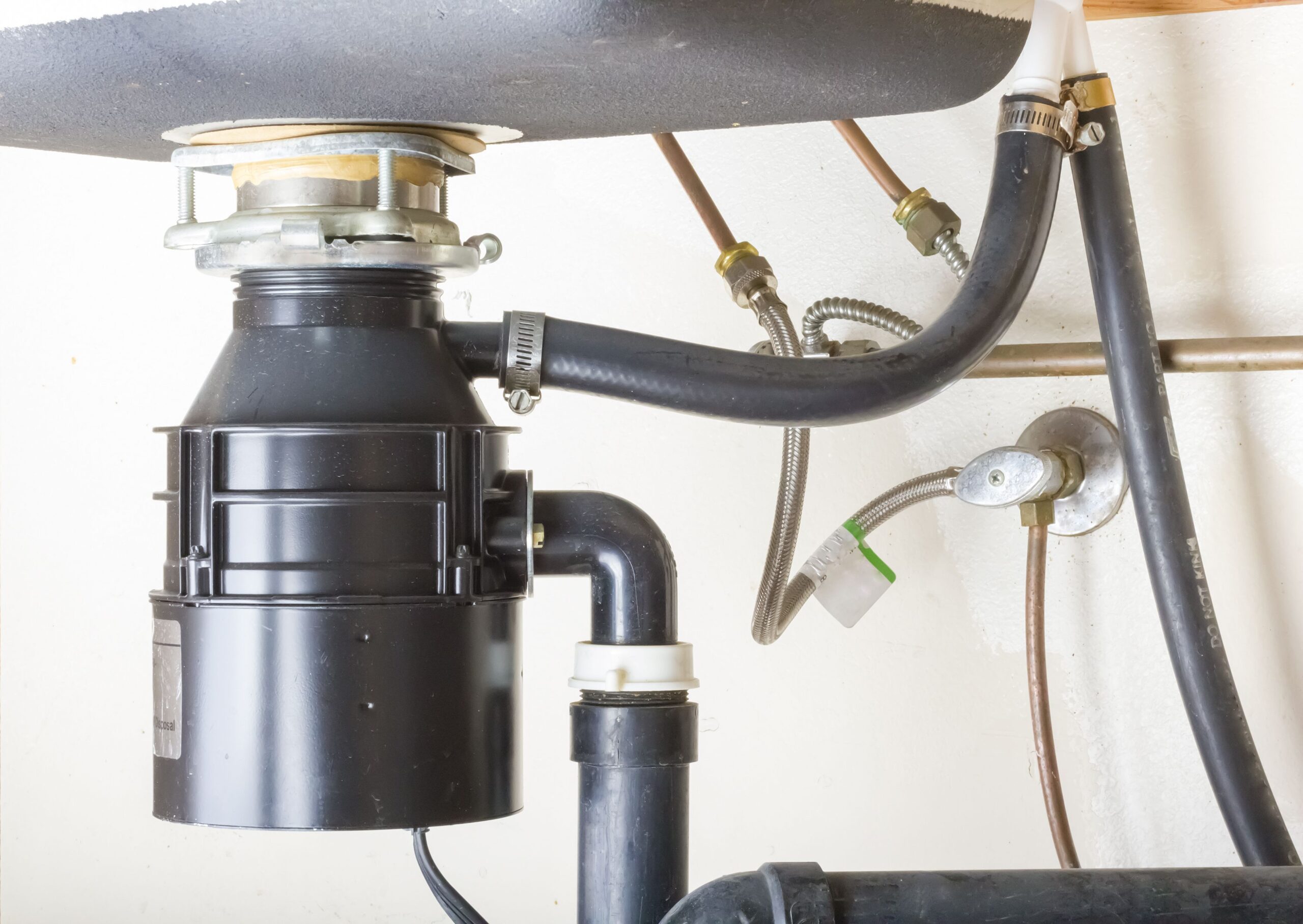
“I make sure my drains remain clear to avoid any major blockages, as well,” Daley said. “I don’t put grease or coffee grounds down my drains. I also don’t dispose of any stringy or starchy food such as potato peels, banana peels or eggshells in my garbage disposal. These items are not easily broken down and can clog your drain as well as damage your garbage disposal.”
Trending on Cheapism
Run the Water
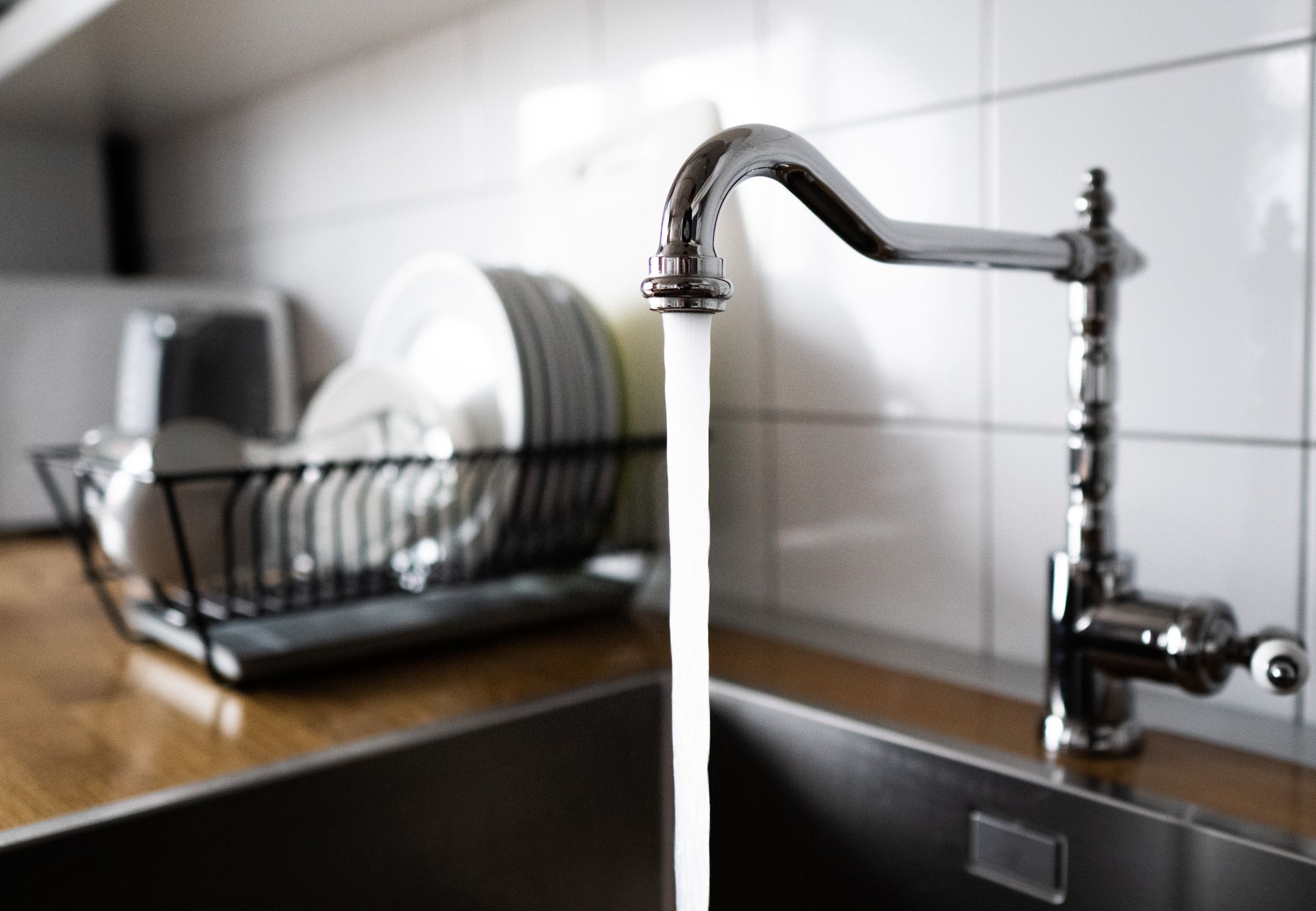
After using the garbage disposal, flush everything out by running water for about 15 seconds. That will help eliminate foul smells.
Related: 31 Ways to Spring Clean With Everyday Household Items
Don’t Flush Anything But Toilet Paper
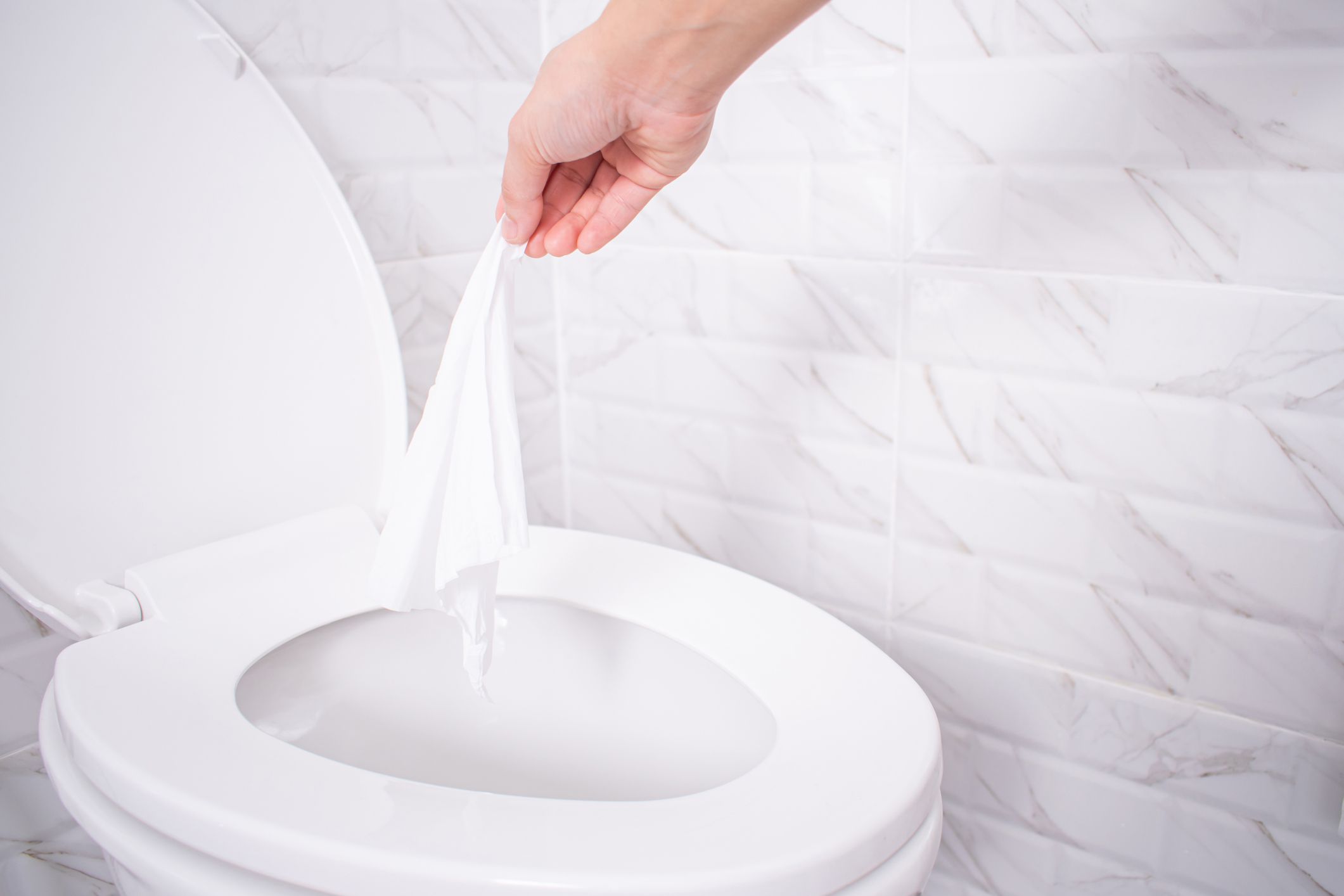
Like the drain, your toilet isn’t a garbage can. “Toilet paper is the only item that should be flushed,” Daley said. “Never flush paper towels, cat litter, or sanitary products. Even wet wipes, including those that claim to be flushable, can cause clogs in the system. These items do not dissolve easily and can get stuck in your pipes, requiring a repair or replacement if the damage is extensive.”
Related: 25 Bathroom Products That Are a Complete Waste of Money
Leaky Faucet? Replace the O-Ring
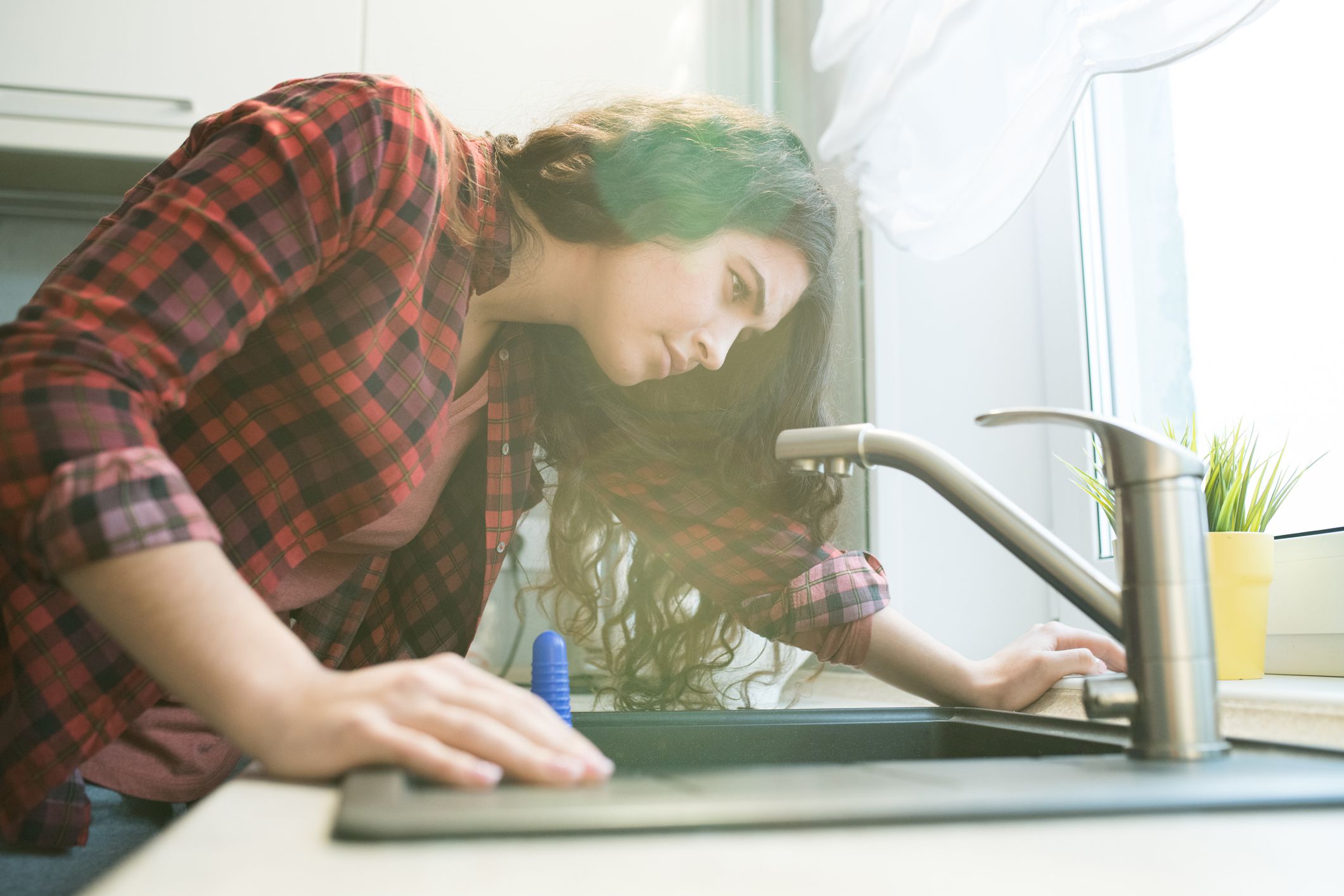
Over time, the rubber ring that helps hold the faucet handle in place gets worn. When you notice a small leak at the base of the handle, get a new one for about $4.
Related: Which Has Better Prices and Services, Lowe’s or Home Depot?
Sign up for our newsletter
Put Some Dye in the Toilet
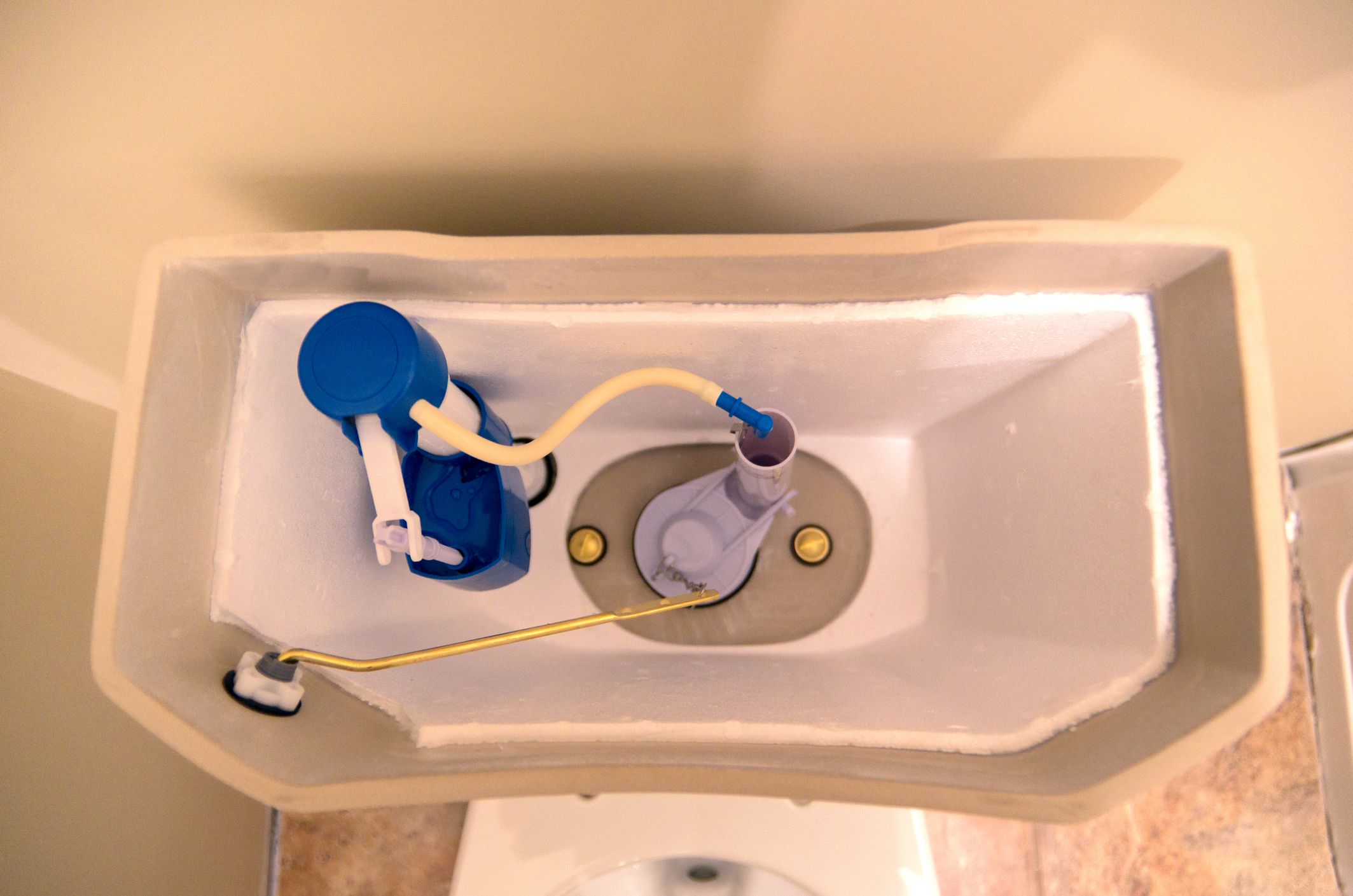
Leaky toilets waste thousands of gallons of water each year. To see if yours is leaking, put a few drops of food coloring in the toilet tank and come back a few hours later. If you find the color in the bowl, replace the flush valve, which costs less than $15. The water should be one inch below the overflow tube, which is normally in the center of the toilet tank. If it’s higher than that, you’re wasting water.
Related: 15 Highly Rated Bidets to Help Stretch Your Toilet Paper
Check Your Bolts
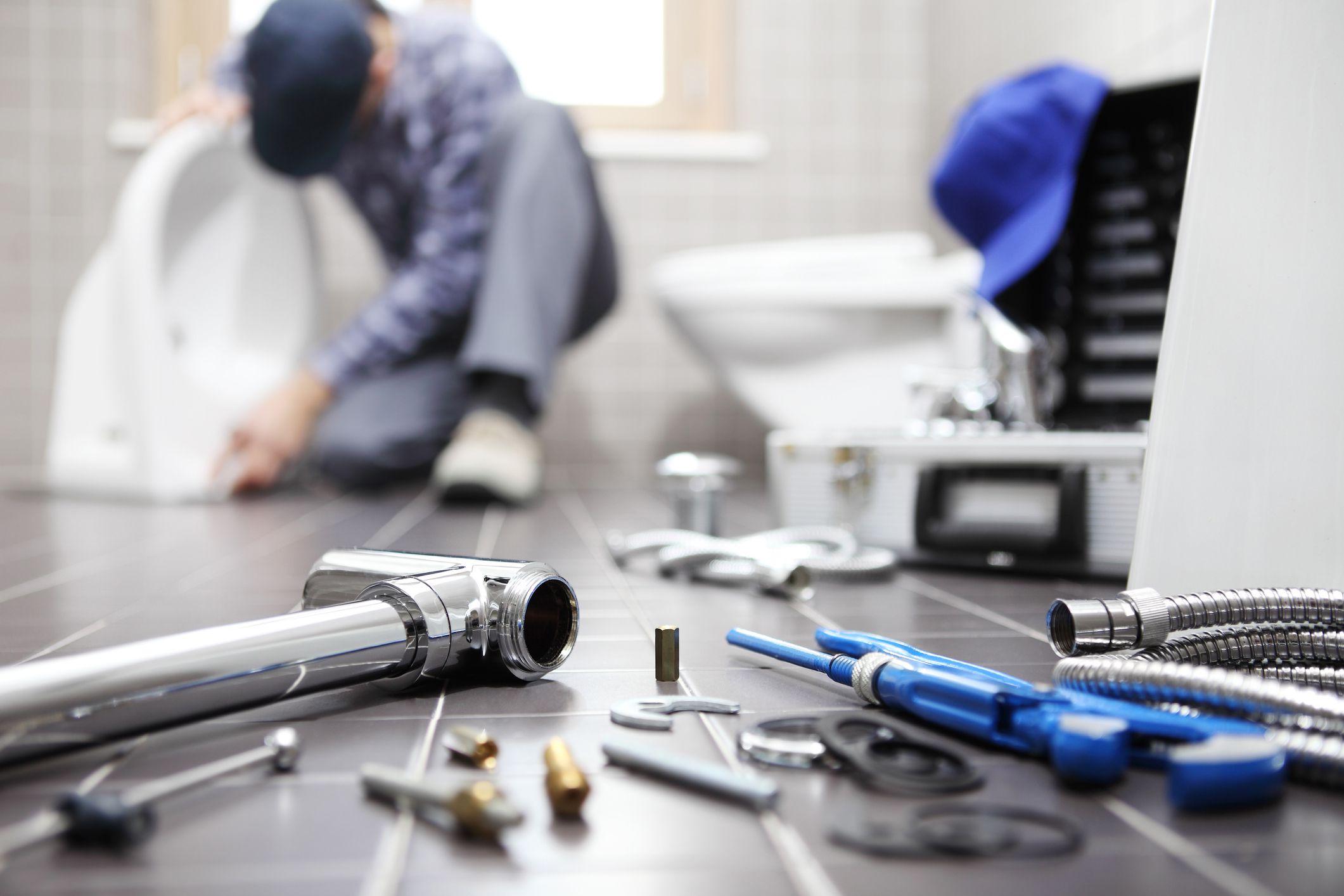
If you’re noticing water on the floor behind the toilet, there’s a good chance the bolts or gaskets holding the tank on are probably worn. Reach below the toilet tank and feel the bolts. Are they wet? If so, they’re worn. You can also feel the rubber gaskets inside the toilet. They’re usually black. If you rub your finger over them and your finger gets a black streak on it, it’s worn out.
Related: 10 Household Items You Should Clean More Often (and Three You Shouldn’t)
Turn off the Water If You’ll Be Away
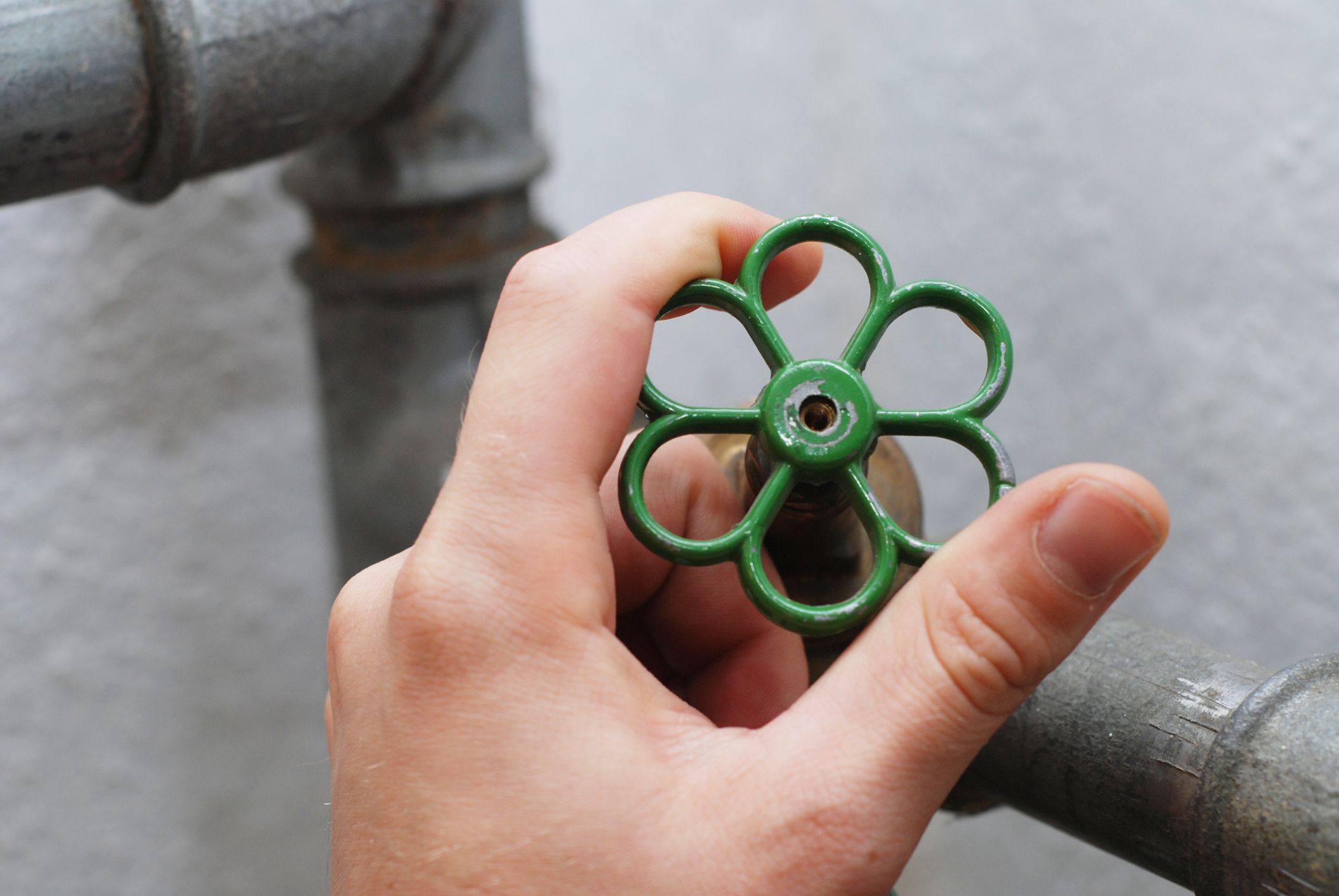
When you leave for a trip of more than a week, consider turning off the water to the house to prevent mishaps while you’re away. This is usually on the street side of the lowest level of the home. Don’t turn off the water heater; just the cold-water valve to the house.
Related: Going-Out-of-Town Checklist To Keep Your Home Secure
Look at Your Water Heater
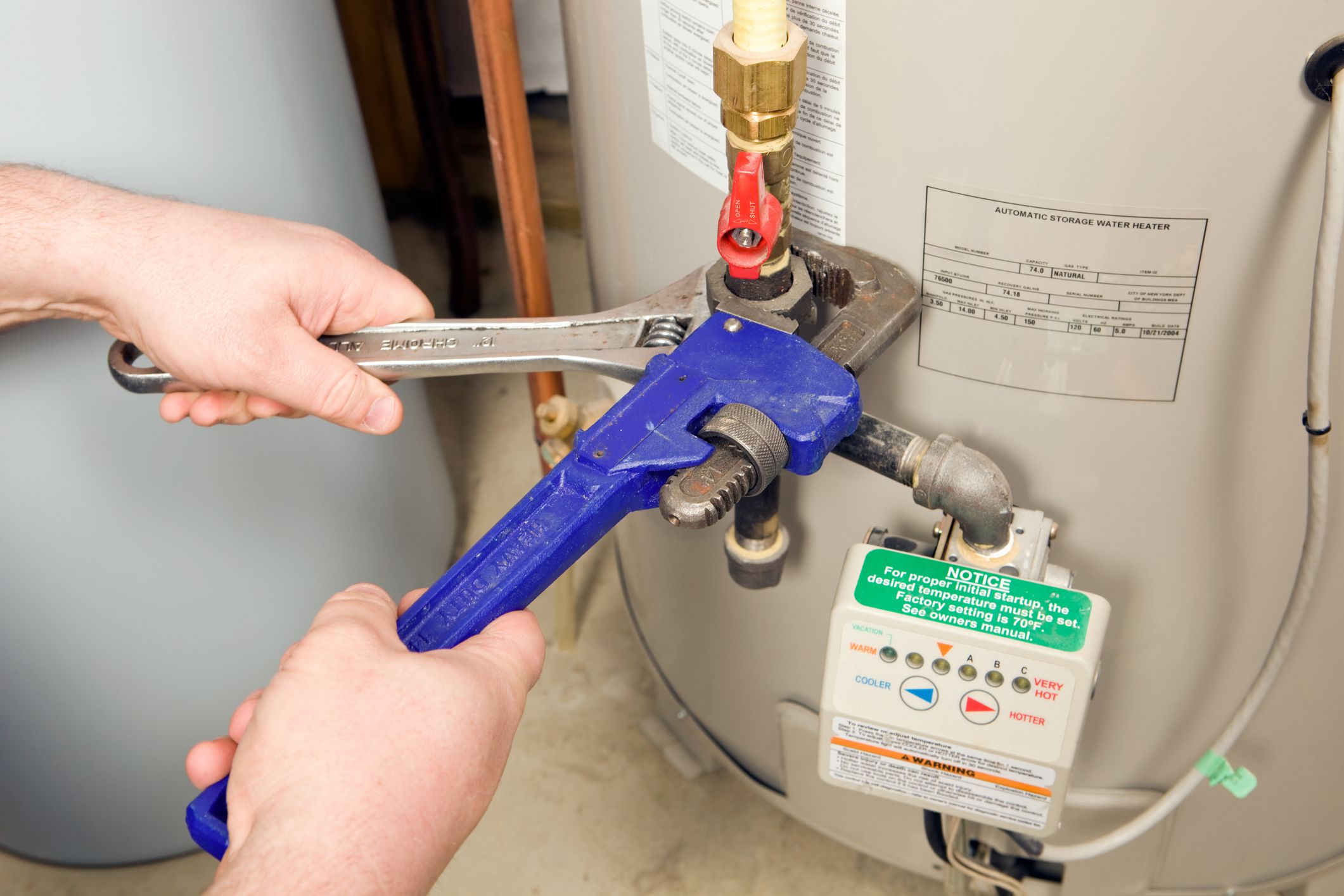
Water heaters don’t go out frequently, but when they do, they can do some expensive damage. Look for signs of rust or leaks seasonally. If you see anything, check with a licensed plumber. You can also get a water detection monitor that will alert you of a leak before the floor and surrounding walls are damaged.
Check sites like Thumbtack and TaskRabbit to find professional plumbing services and home maintenance helpers in your area.
Related: 20 Repairs to Leave to the Pros to Avoid DIY Disasters
Prepare for Winter
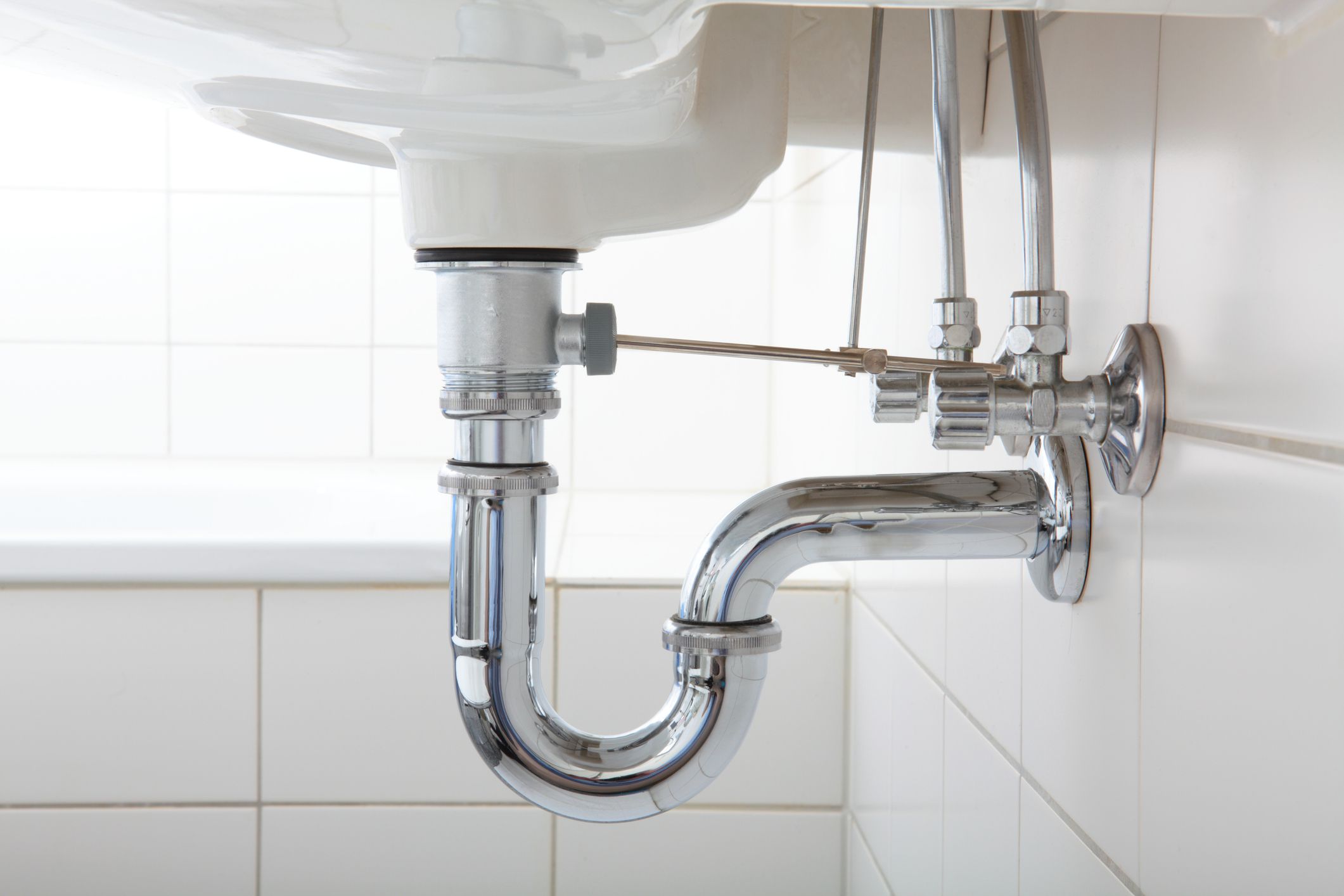
Insulating pipes can save you money and get your shower warmer faster, according to the Department of Energy. “As plumbers, we know the importance of keeping pipes in working condition throughout the entire year,” Daley said. “When it’s winter, I make sure that my pipes are properly insulated to protect them from harsh winter weather and cold temperatures. A frozen pipe can easily burst and cause major water damage and troubles for the plumbing system as a whole.”
Related: 19 Steps to Prep Your House for Fall and Winter
Turn off Outdoor Water
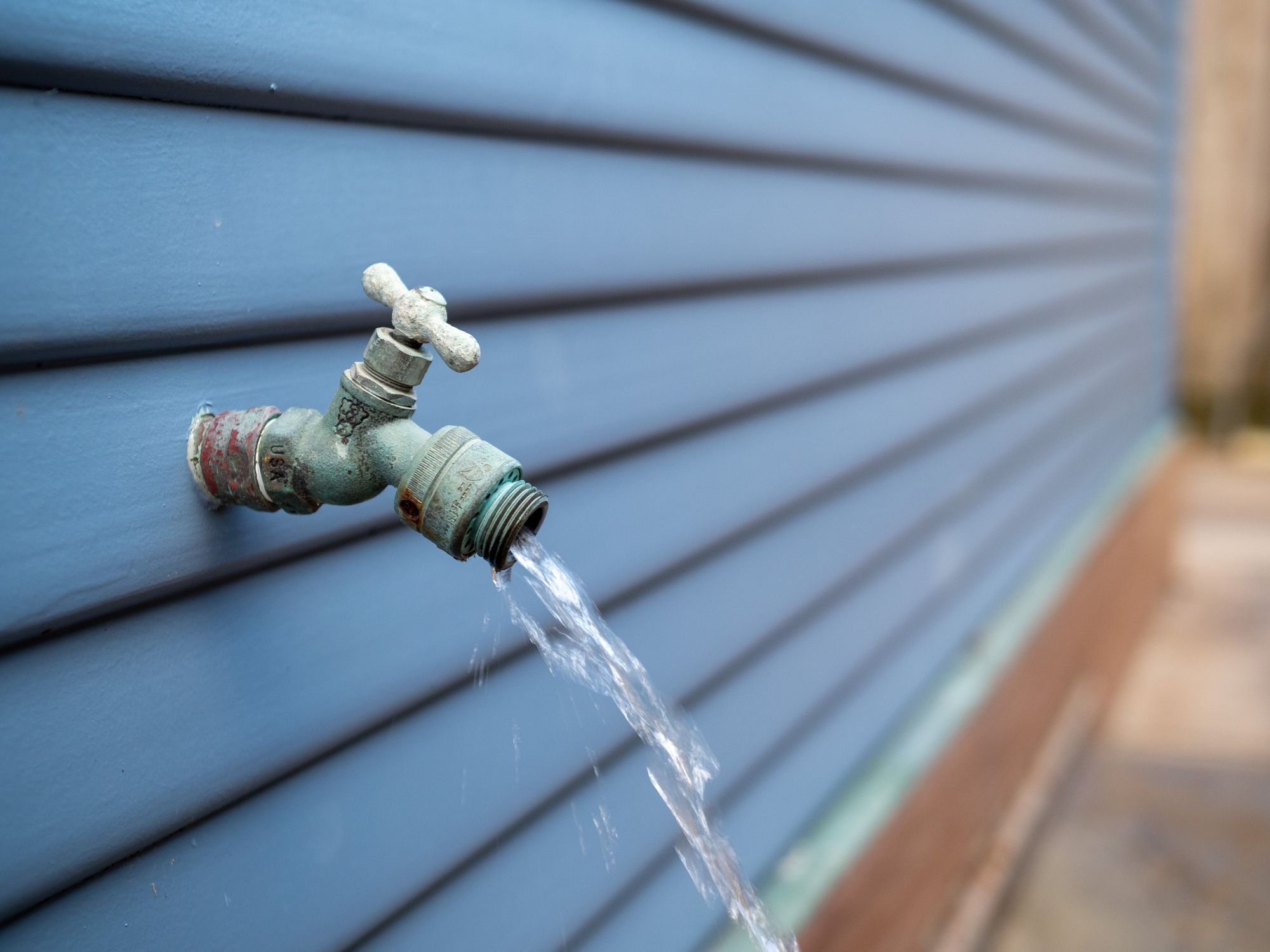
In the winter months when you aren’t watering the garden or lawn, disconnect the hoses and shut off the outdoor water valves to prevent freezing.
Related: This Spring Home Maintenance Checklist Could Save You Thousands
Check Water Heater Settings
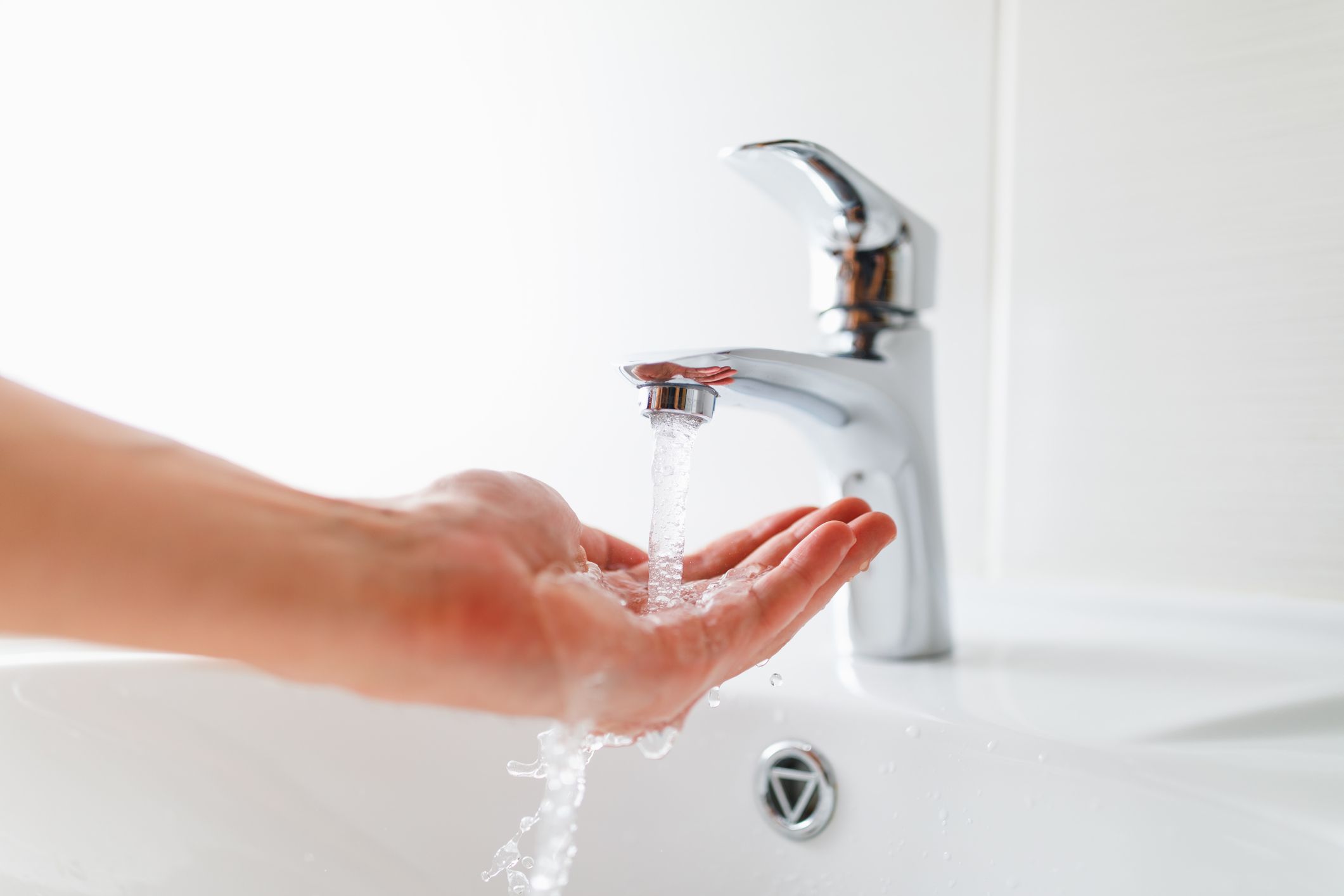
If you hear a pounding noise in your water heater, the heat might be set too hot. A quick test is to put your hand under the hot water running in your sink. If it’s too hot to keep your hand there, the water heater is set too high. This will also save you money on energy bills.
Related: 21 Ways to Reduce Your Monthly Bills When Money Is Tight
Reset the Toilet Flapper Chain
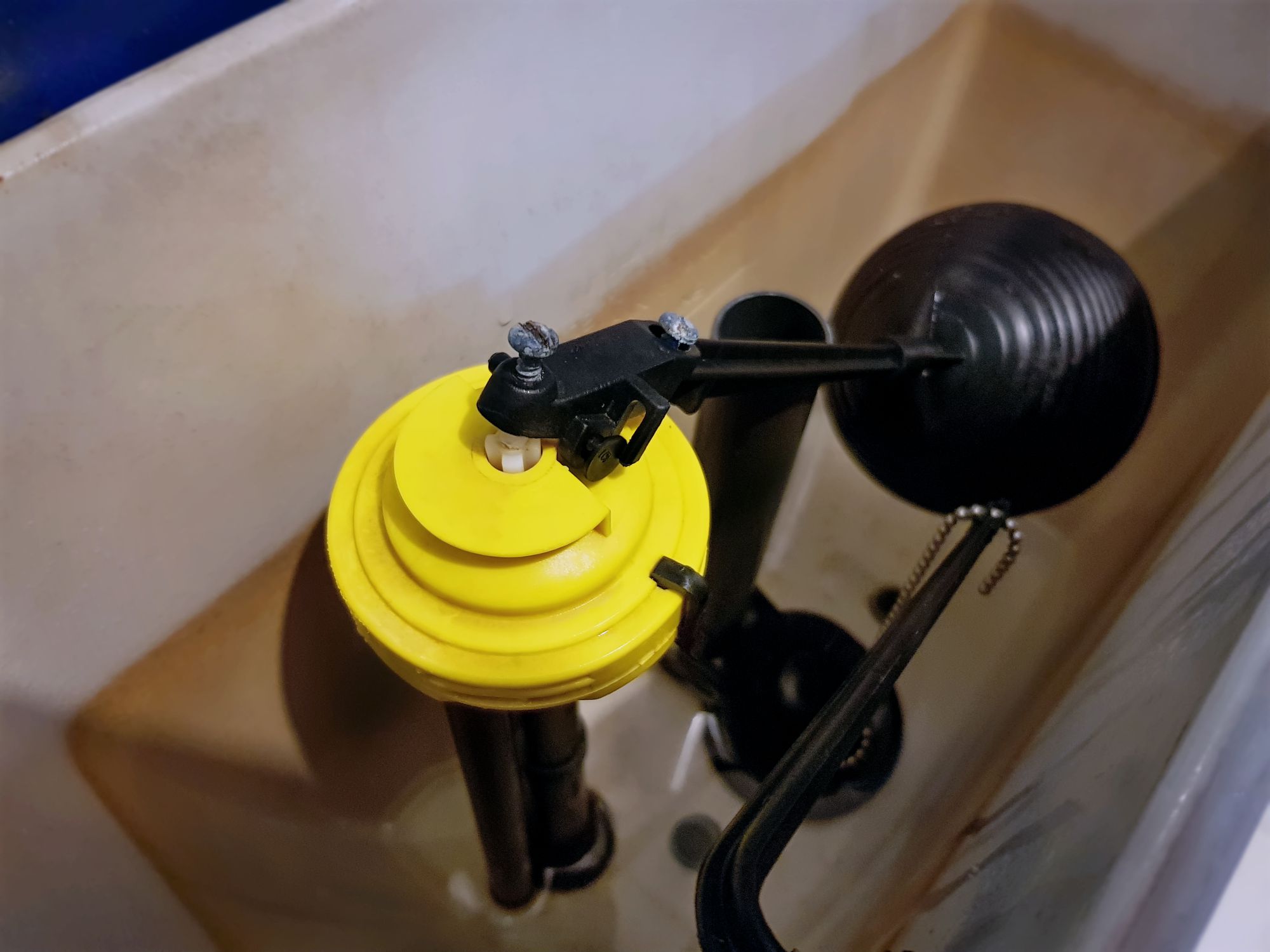
This is a two-minute fix. Check the chain on the flapper in the tank. It should be relaxed. If it’s too tight, adjust the chain to give it some slack. If the flapper is worn out, you might also hear the water running. You can pick up a new one for less than $10.
Related: 21 Things You Never Knew About Toilet Paper
More From Cheapism

